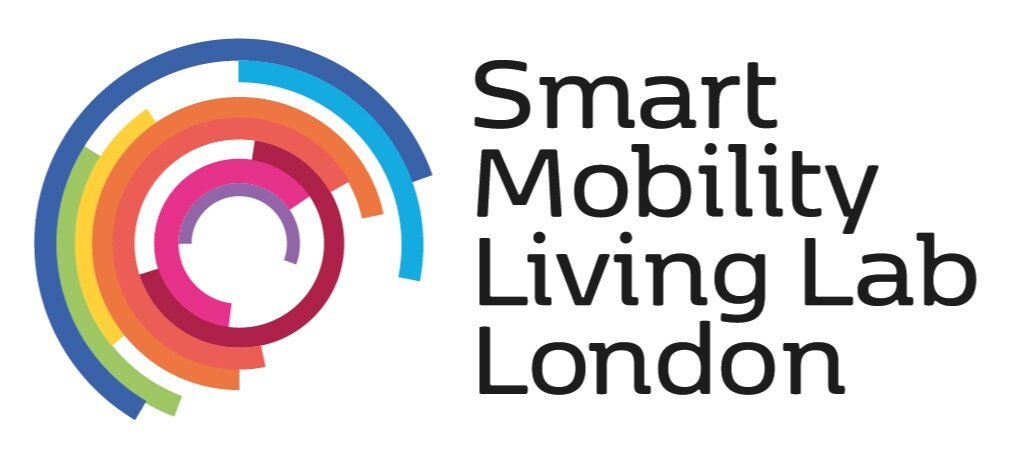Allen Breed: the inventor who saved countless lives
We owe our lives to innovation.
There’s no doubting this. We’re surrounded by numerous life-saving devices that are constantly working to protect and prevent us from harm. Often they’re unseen and unacknowledged – but that doesn’t negate how incredibly important they are.
When it comes to transportation, and road vehicles in particular, there are too many life-saving devices to mention. Have you ever thought about how many people have been saved by the seatbelt, the traffic light, or the airbag?
It’s an impossible thing to calculate. A study in 2015 tried to quantify it: they estimated that collapsible steering wheels and airbags together account for a rough total of 123,000 lives saved in the US alone.
Trying to add Europe or the UK into the mix would only increase this figure. Suffice to say, the number will be big - and that’s an amazing thing.
So today we want to showcase one of these safety devices, and the innovator behind it. We’re going to look at Allen Breed, and his creation: the airbag.
It’s time for this life-saving device to be seen at last.
Solving a problem – and then solving it again
Allen Breed was born in Chicago, Illinois in 1927. As a young man he earned a BS in engineering from the prestigious Northwestern University, and started working for RCA (Radio Corporation of America) in the product design department.
In 1961 he founded Breed Corp. The company focused on developing safety and arming devices for the US military.
But it wasn’t long before Breed spotted a different use for his expertise. In 1968 he invented the world’s first electromechanical automotive airbag system.
It was comprised of a ball-in-tube sensor, capable of detecting a collision (when a car decelerates extremely quickly) and activating an airbag within 25 milliseconds.
But Breed didn’t stop there. He kept refining and improving his system, making it lighter, faster, and cheaper to produce as the years went by.
Then, in 1991, Breed co-patented a type of air bag that vents air as it inflates.
This might sound strange, but it was actually an inspired move, since this small change helped prevent secondary passenger injuries that occur when the individual inside the car hits the airbag with too much force.
Over 300 models of car use this technology today, which just goes to show the value of an iterative refinement process – something we emphasise at SMLL.
“We lost track of how many times we heard ‘No’”
It took real determination to make the airbag a success.
Although the device tested well and seemed to be desired by drivers, Breed ran up against serious opposition from the ‘Big Three’ car manufacturers (Chrysler, Ford, General Motors). They didn’t want to install an airbag in their vehicles – and if they had to install one at all, they would prefer it was one they had made themselves.
This attitude shift presented a real barrier to the airbag, as it does with so many new technologies. This is something we have definitely seen in the world of connected cars.
It’s likely we will have to be just as determined and patient as Allen Breed when it comes to demonstrating the potential of CAVs and future transport solutions. However, at SMLL we are lucky enough to have support from great partners within the industry – so we won’t face obstruction like Breed did!
Ultimately, Breed was vindicated. In 1984 an Act of Congress required that all car manufacturers install airbags in their vehicles.
By 1995, Breed’s air bag sensors were installed in 30 million vehicles, and his company had achieved sales of $401 million.
In the same year, Allen Breed was elected ‘National Entrepreneur of the Year’, and in 1998 he was included in the Ernst & Young Entrepreneur of the Year 500 list.
After years of rejections from the big car manufacturers, Breed became an overnight success.
Following in Breed’s footsteps to build a safer world
Allen Breed’s innovation has made a huge difference to the safety of our roads and vehicles.
And now, with the introduction of connected autonomous vehicles (CAVs), we have a chance to improve safety even further.
Since CAVs receive information from real-time sensors on the road and other vehicles around them, they have a full picture of their surroundings.
They are more aware than a human driver could ever be, because they have better, more up to date information than we can take in through our senses – and they process this information more quickly than we can.
In addition, CAVs won’t be prone to human error – robots don’t fall asleep at the wheel, or try to text and drive. Error is a major cause of car crashes, and without it the roads will be much safer.
Of course, we’re still a long way from launching CAVs onto our roads and motorways. We have to carry out rigorous tests to ensure that CAVs are fit to carry human passengers while travelling through the most complex and fast-moving environment imaginable.
This is what makes SMLL so special: the testbed is made up of working London roads, which means CAVs can be examined under the same conditions they will be driving through in real life.
That means pedestrians crossing; cyclists coming through; birds flying overhead. It also means the SMLL consortium can test new technologies for the road infrastructure, and other forms of transport solutions.
In this way, we’re continuing the work of Allen Breed in making the whole experience of transportation much more safe – and, hopefully, enjoyable.
Don’t forget to check out last week’s instalment of the innovator series, where we met Victor Wouk, the father of the hybrid vehicle.
And as for Breed himself, I urge you to find out more about his amazing life and the journey he took to make the world a safer place.
